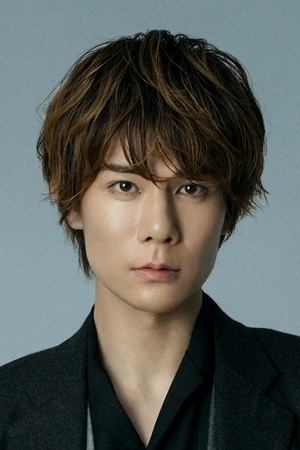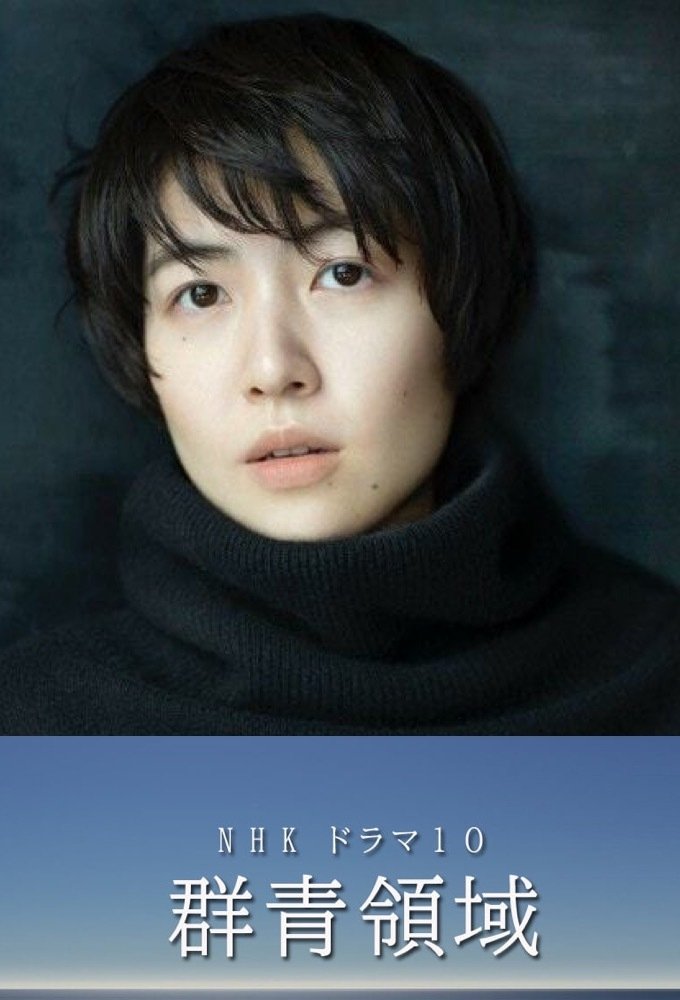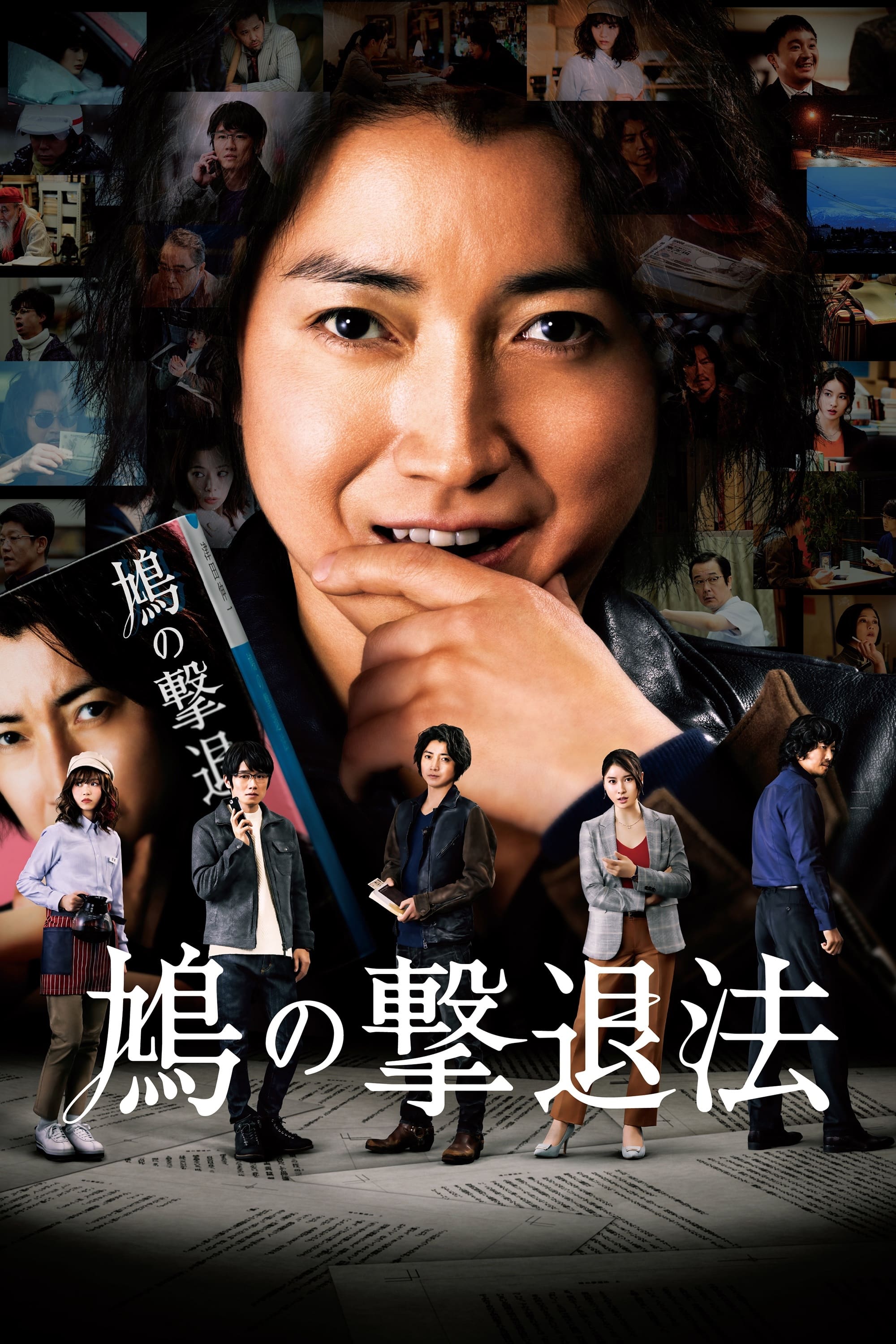

The appearance of a mysterious little boy interrupts the quiet, predictable life shared by an artist with autism and his caring older brother.

A special investigative unit tackles everything from mysterious disappearances and shadowy figures to eerie supernatural phenomena.

Kim Jun Hee, a member of the immensely popular five-membered band, Indigo AREA, has suffered setbacks and deep wounds, and now her boyfriend, the vocalist, suddenly announces that he is leaving the band. The story depicts the process of Jun Hee escaping from her narrow world of values, regaining her music, and becoming a strong "human being," while also finding the connections that are essential to survive. A new slice-of-life story of healing and courage.

Ryōsuke Sagara is an ordinary salaryman and he works for a mid-size shipping company. He is a good-natured person. His family consists of his wife Maho, high school student daughter and elementary school student son. Maho works part-time at a supermarket. They are a happy family, but Maho and their two children suddenly disappear. There are no clues about their disappearance. Ryōsuke gets the attention of the media and public. He tries to find the truth behind his family's disappearance with the help of his subordinate Mizuho Ninomiya at work.

Shinichi Tsuda, a Naoki Prize winning author, is working to publish his newest story. It revolves around Tsuyama, a driver for a call girl business in Toyama Prefecture, who comes across a mysterious counterfeit bill and has his life targeted by underworld kingpin Kurata. Is his story fact or fiction? His editor, Nahomi Torikai, decides to verify whether his latest work is mere fiction based on real-life experiences. She looks into a family that vanished, a post office worker who went missing, a shady load of cash, the whereabouts of the doves, and the fateful encounter from that night... A series of shocking facts are revealed from Tsuda’s stories. Why did the counterfeit money end up in Tsuda’s hands? What is the “ending” that Tsuda wished to portray?

Set in the year 1985, an arson-murder case takes place at an apartment in Tokyo. The victim is novelist Kohei Kimizuka. Ritusko Ikematsu is soon arrested for his death. Ritusko Ikematsu and Kohei Kimizuka were childhood friends. Prosecutor Tsutaguchi takes charge of the murder case. He begins to contact people who knew Ritusko Ikematsu. Prosecutor Tsutaguchi learns of her unfortunate life and the men surrounding her. The men's impressions of Ritusko Ikematsu are all different. Prosecutor Tsutaguchi then learns of a case that took place in 1955 in Tsugaru, Aomori Prefecture, where Ritusko Ikematsu and Kohei Kimizuka grew up. He believes that case is the key to solve Kohei Kimizuka’s murder.

While helping his family for packing, Takuto found a pair of mysterious opera glasses from a piled-up cardboard box which turns out to be his grandma’s relic. The magical opera glasses named ‘Gyoro’ suddenly came to life when Takuto touched it. Gyoro brings back happy memories to grandpa and mom of going to theaters with grandma. With Gyoro, Takuto gradually becomes fascinated by the world of theater.

Makoto Kashiba is an elite bank clerk and works for a big bank at its Tokyo HQ. Due to a minor mistake, he is demoted to a small branch office in a country town. He is devastated by his situation. There, he meets beautiful Yoshino Ikoma. She runs a goldfish scooping store. Makoto Kashiba falls in love with her at first sight.

Kazuhiko Takano is an agent for spy organizatoin "AN Tsuushin." His rookie partner is Ryoichi Taoka and they sneak into the International City Fair, which will be held in three years in Tokyo. Various schemes exists surrounding the selection of the construction site for the International City Fair. An explosion suddenly takes place in front of Kazuhiko Takano.

NHK's 102nd morning drama depicts the life of a famous composer. Koyama Yuichi with his wife Oto. They meet each other through music and overcome hardships together. Yuichi composes songs that became "Yells" for people all over Japan in the Showa Era (1926-1989) in which radical changes were going on.